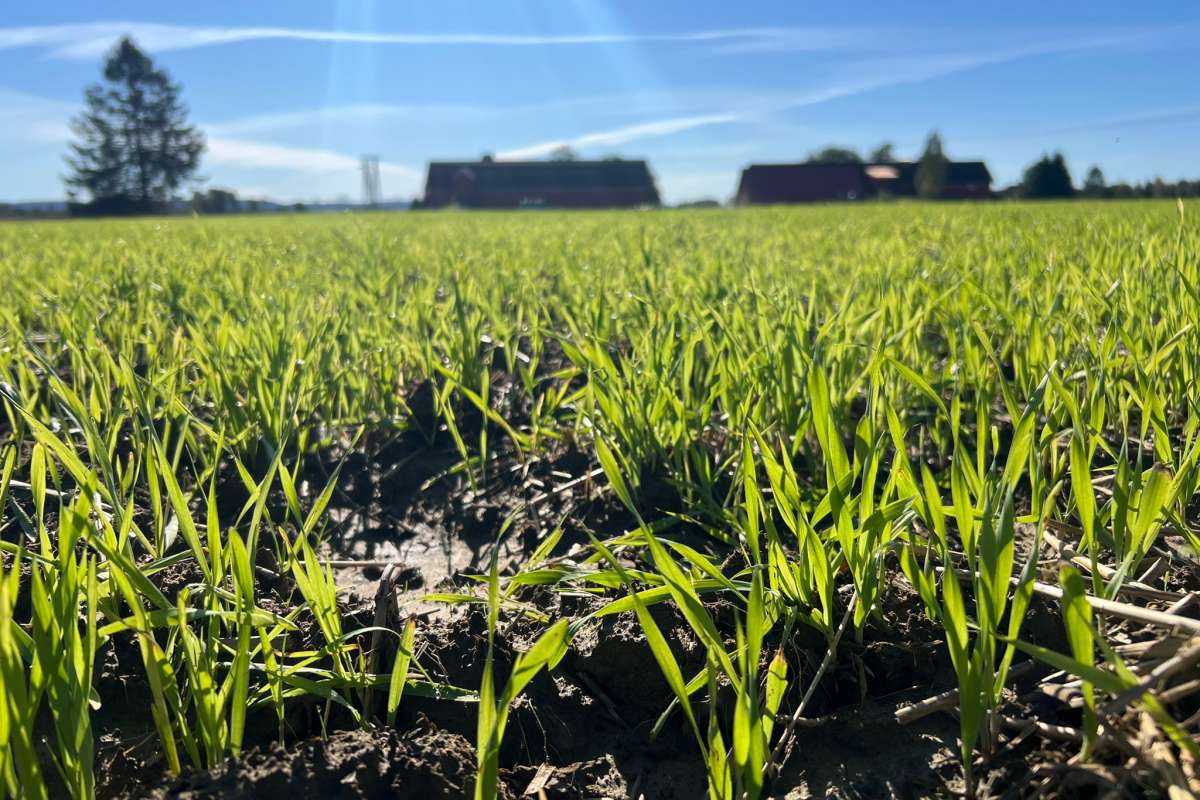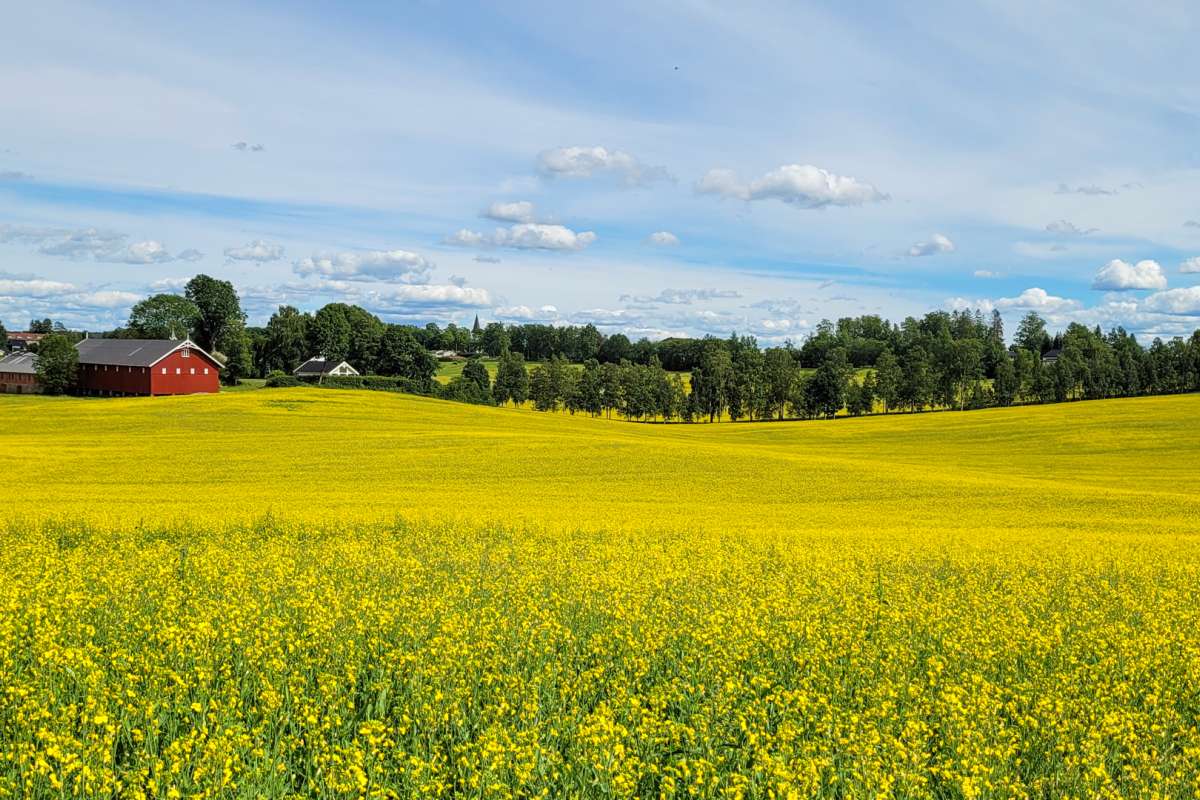Cover crops hold the key to healthier soils in Norwegian agriculture
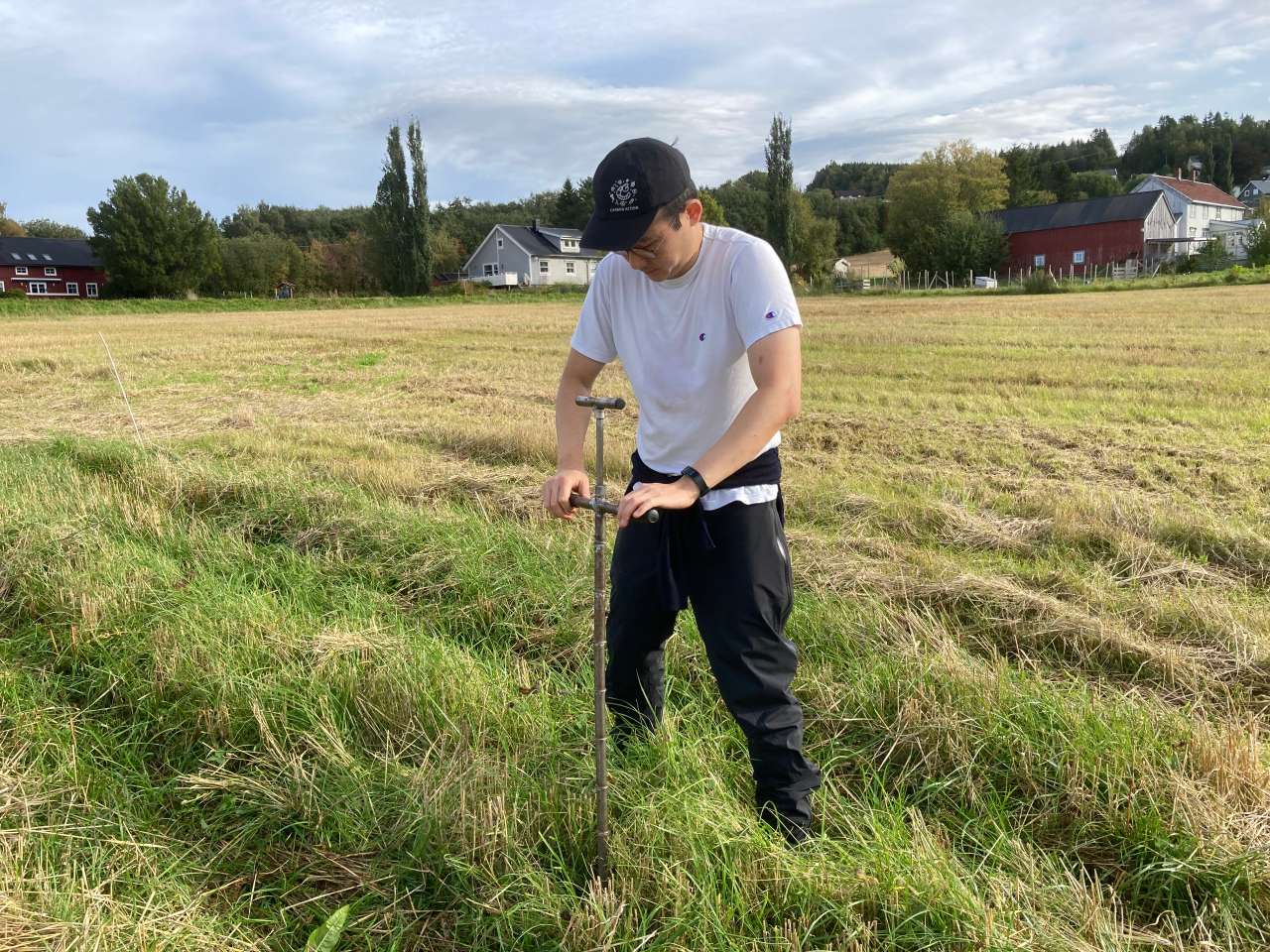
Dr Thiago M. Inagaki sampling root cores in the Tuv experiment. Photo: Ievina Sturite
New research reveals that the secret to building healthier, more resilient soils in Norway’s challenging climate lies beneath our feet, in the roots of cover crops.
Cover crops, plants grown to protect and enrich the soil, are known to boost soil health and help store carbon. However, the exact mechanisms behind these benefits, especially under Nordic climate conditions, have been unclear – until now.
A recently published study led by NIBIO researcher Dr Thiago Inagaki, shows that root growth is a major driver of forming stable organic matter in soil, known as mineral-associated organic matter (MAOM).
“This form of carbon is less likely to break down, meaning it can persist in the soil for years, helping to fight climate change,” says Dr Inagaki.
“Our results show that systems with more root biomass, like those with ryegrass and clover, stored significantly more mineral-associated organic matter than others.”

Building resilient soil for the future
The research was conducted at a case study at Tuv Gård in Steinkjer in central Norway, where cover crop systems have been managed for five years. Here, the researchers investigated how different cover crop mixtures, grown alongside barley, affect soil quality, nutrient cycling, carbon storage, and crop yields.
One highlight of the study was that the most effective way to build persistent soil organic matter in Norway is through practices that encourage root growth, especially with the use of cover crops like ryegrass and clover.
“While improvements in soil structure and microbial abundance were seen in more diverse mixtures, including Chicory and Bird's-foot trefoil, these did not immediately translate into higher carbon storage. This suggests that some benefits may take longer to appear,” says Dr Inagaki.
“Instead of focusing only on total carbon, we should target the formation of stable organic matter fractions through biologically intensive practices.”
An upcoming study led by NIBIO researcher Dr Frederik Bøe in the same area shows positive interactions between the root growth and microbial abundance in promoting nutrient cycling, especially phosphorous. These findings show that root growth is not only beneficial for promoting carbon storage, but also for nutrient retention.
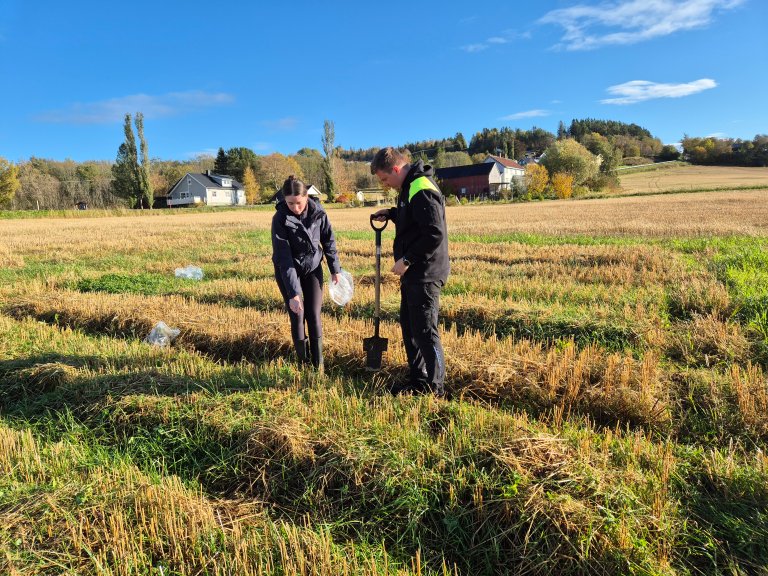
Cover crops: no yield penalty
The study led by Dr Thiago found that adding cover crops, even in diverse mixtures, does not reduce barley yields.
“Our research suggests that cover crops can improve soil health without sacrificing productivity,” says the researcher. “This addresses a common concern among farmers that cover crops might compete with main crops for nutrients.”
The multidisciplinary team also tested biochar, a carbon-rich soil amendment made from plant material.
“While biochar did not significantly boost soil quality or yields in our study, it did not cause any harm either. The effects of biochar on improving soil quality and crop yield in high latitude, may be limited to specific circumstances, such as degraded or polluted soils,” says Dr Thiago.
“As no negative effects were observed, the practice is still promising for carbon storage purposes and can become a viable economic practice for farmers in the future as the carbon credits market develops,” he adds.
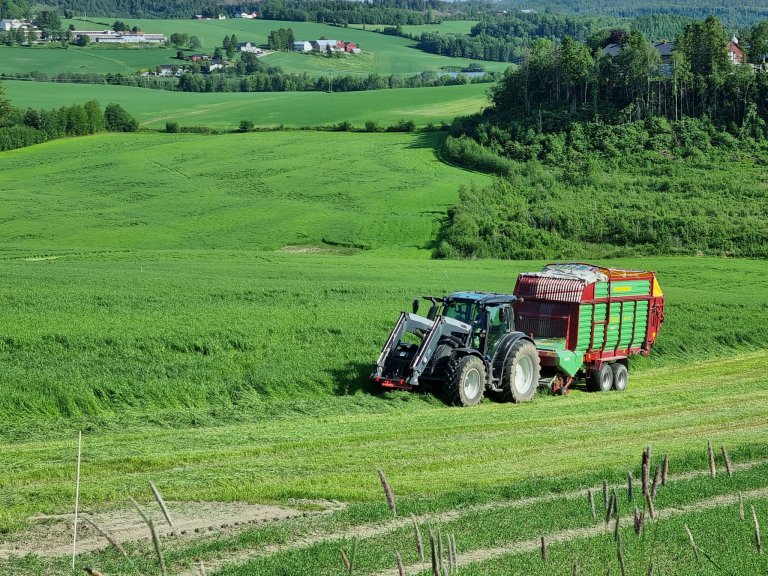
Looking ahead for new discoveries
The story doesn’t end here. NIBIO’s team is continuing their work in Steinkjer as part of the ongoing AgroMixNorth project, where researchers are now taking a deeper look at the nitrogen cycle and plant development, including advanced measurements of photosynthesis activity.
Meike S. Bärmann, a master’s student from Goethe University in Frankfurt, is currently doing evaluations on plant development and soil fertility throughout the cropping season, with advice from Dr Inagaki.
“This next phase will help unravel how cover crops and root systems optimize nutrient cycling and soil health in Nordic agriculture, with a focus on nitrogen dynamics” says Dr Inagaki.
“Hopefully our findings can help reframe soil management in Nordic agriculture.”
Contacts

Mineral-associated organic matter
Mineral-associated organic matter (MAOM) refers to soil organic matter bound to mineral surfaces, such as clays and metal oxides. These interactions protect organic compounds from rapid microbial breakdown, making MAOM a key component in the long-term stabilization and storage of carbon in soils.
MAOM is also important for nitrogen (N) availability, since it acts as a reservoir of organic N. While much of this N is stabilized, gradual microbial access and mineralization release plant-available forms over time, helping regulate nutrient supply in ecosystems.
Further reading
The importance of roots in soil carbon stabilization has been highlighted in previous research, including NIBIO-researcher Dr Daniel Rasse’s paper, “Is soil carbon mostly root carbon? Mechanisms for a specific stabilization” in Plant and Soil 2005.
Biochar has been highlighted as a promising practice for carbon storage purposes in Norway in a recent study led by NIBIO-researcher Dr Alice Budai: “Qualitative evaluation of nine agricultural methods for increasing soil carbon storage in Norway”.
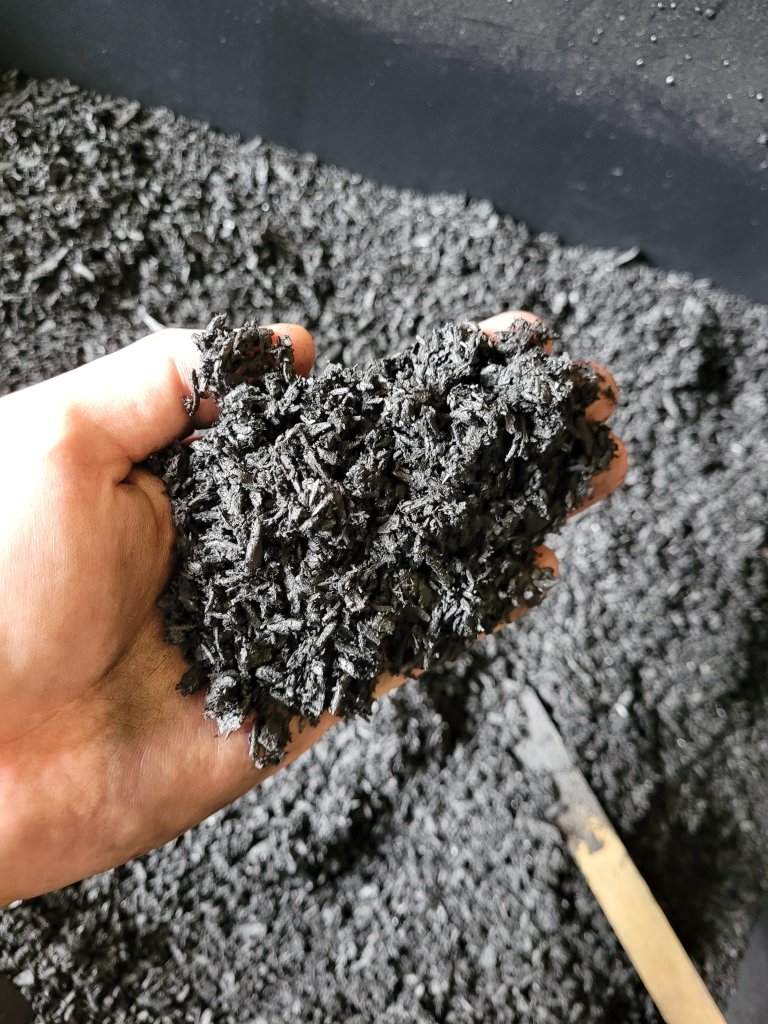
Contacts


